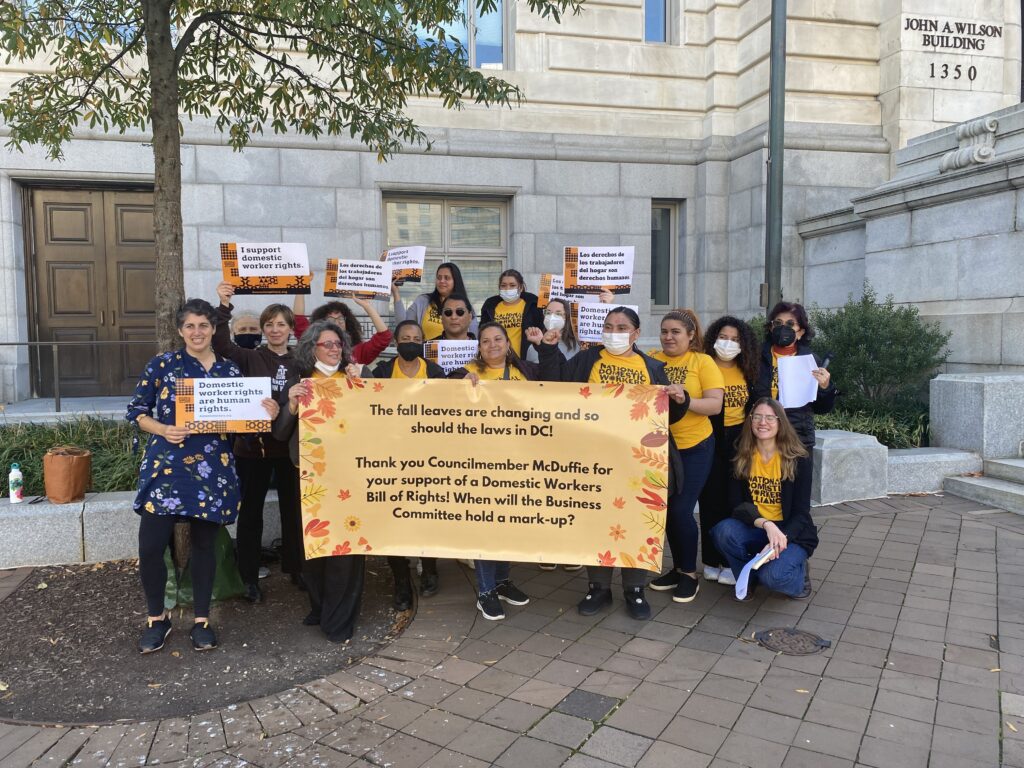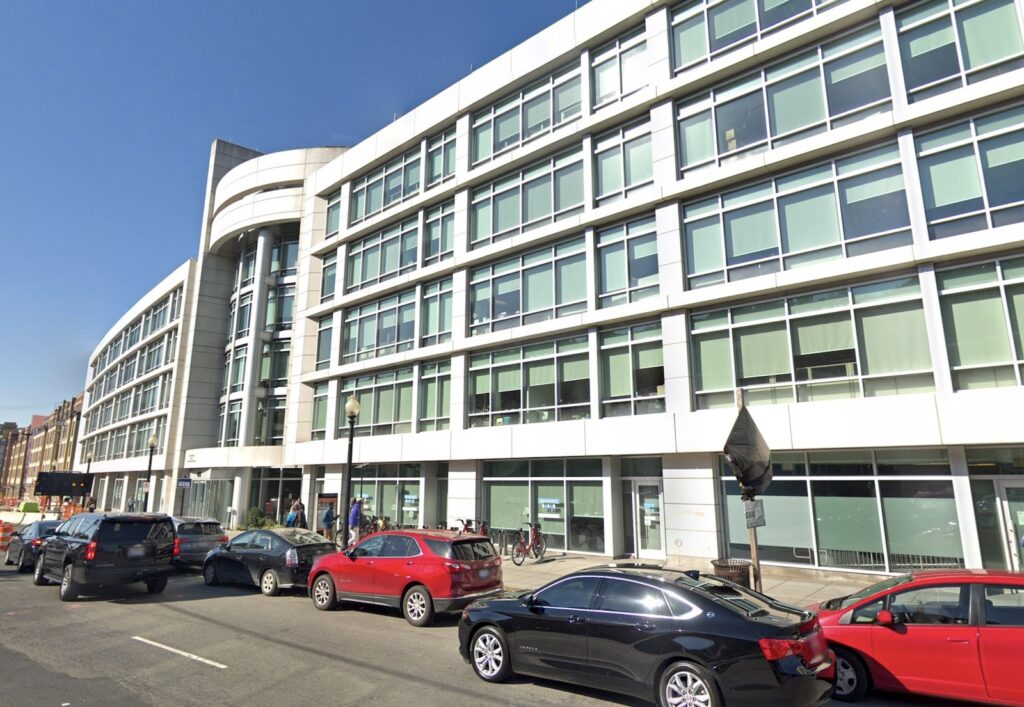
When I woke up and saw the clear blue sky, I said to myself, Oh, goody. It would be a lovely day for selling Street Sense. The temperature would be in the forties, rising into the fifties, and I like crisp weather. Then I thought, but I don’t have to sleep outdoors in it. Ideal weather conditions were not the point of experiencing what a typical day is like for Street Sense vendors.
At my first Street Sense Writer’s Group meeting as a volunteer editor, I asked the writers, “How do people treat you when you are selling the paper?” I was surprised to learn about passersby who folded twenty-dollar bills into their hands. Jackie told me that once when her hands got cold, she went to buy coffee to warm them; a woman in the cafe, overhearing mention of this, left and quickly returned with a pair of gloves for her.
They also told stories about pedestrians who look away and about being shooed away from a busy street corner by security guards. This made me wonder what it would feel like if I were to be a Street Sense vendor for a day. Of course, I harbored no illusions that I could have any true notion what it feels like for vendors who are homeless and dependent on the income they earn from selling the paper.
Reggie Black, who has been selling papers for six years, offered to be my mentor. By writing articles and getting Street Sense to as many people as possible, Reggie hopes to change the system for low income and homeless individuals via Street Sense and other advocacy groups. Sometimes he gives papers away, at a cost to him of 75 cents a piece. “Before, I felt empty,” he told me, “now, I have purpose.”
Reggie and I agreed to meet at 17th and G Streets. When I arrived, it was immediately obvious that he owned the corner, as though he were the mayor of that small chunk of our nation’s capital, directly opposite Blair House.
He had tied his neon yellow vest to a lamppost and had rested his backpack and coffee cup on a table down the block. Reggie—who is 28 years old and has been living in a shelter since last Christmas—brought a vest, identification badge, and 20 papers for me.
First, I watched him charm passersby with his rhythmic pitch: The hearts and minds and voices of Washington, D.C. . . . . He told a band of tourists that Street Sense was the best souvenir to take home, that they could laminate it and put it on their mantles to wow their friends. He wished everyone a nice day.
Soon we sat down so Reggie could brief me.
“Should I take my vest off if I have to go in a restaurant to use the bathroom?” I asked.
“Without my vest,” Reggie said, “I may get turned away quicker than when I’m wearing it.” When he and I first talked about doing this, I had asked whether I should try to “look homeless,” at which he asked me, “Do I look homeless?” And my answer was no; Reggie does not “look homeless.” But it comes as no surprise that a 68-year-old gray-haired white lady like myself is more likely than a young black man to get a bathroom pass at your average downtown restaurant.
Reggie told me, “People don’t realize how public we are.” He pointed out that even celebrities can escape cameras by going home, but vendors are just out there and many tourists have no reservations about taking photographs or videos of them.
Finally it was my turn to face the stream of pedestrians, while my tutor observed me from afar. “Help the homeless. Get your copy of Street Sense,” I said, barely above a whisper. I’m not a shy person, and it surprised me that I wasn’t able to chant that refrain with more confidence.
It didn’t help that nearly everyone had an avoidance tactic. They turned their heads away or looked straight ahead, as though I were invisible. Since I was near a corner, many cut a hypotenuse to avoid coming anywhere near me. It felt like a victory when someone said, “No thank you.”
After an hour, I had two dollars from the one paper I had sold and ninety-five cents from a man who had pulled the change from his pocket, but didn’t take a paper. I felt hungry, so I dug into my backpack for a bite of the peanut butter sandwich I’d brought along, aware that the typical vendor was not likely to have the same luxury of immediate access to a sandwich in a baggie.
By the second hour, despite feeling bruised by continuous rejection, my comfort level had grown. I could walk right up to someone and make eye contact. “Would you like to help the homeless today and buy a copy of Street Sense?” I sold three more papers.
Suddenly lights began flashing and police were shooing everyone out of the area. Reggie, who jumped into the street to help direct traffic, told me they might be looking for an explosive device.
We walked a few blocks to another street corner and I sold a few more papers. Reggie told me he sometimes sells 45 papers in a day, but I was amazed how hard it was for me to sell papers, especially since in a former career, I had been a top salesperson. And especially given the beautiful weather. I could only imagine how much harder it would be to sell in wet or freezing weather, the personal discomfort compounded by people not wanting to pause to fish out money in the rain.
After three hours, I turned $13.95 over to Reggie from the six papers I had sold, plus “tips.”
Susan Orlins is the author of the memoir, Confessions of a Worrywart: Husbands, Lovers, Mothers, and Others.







